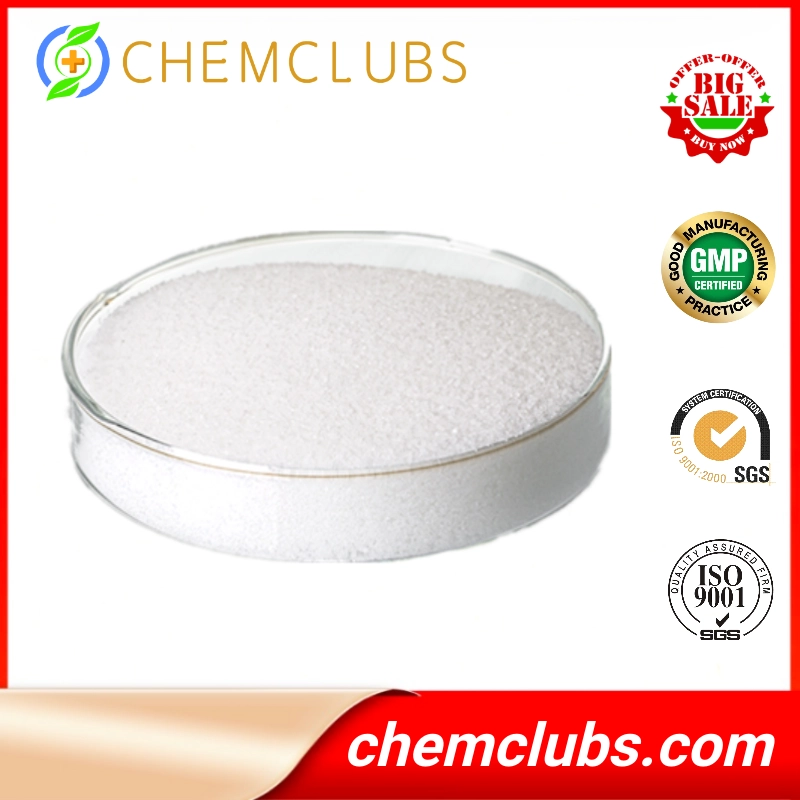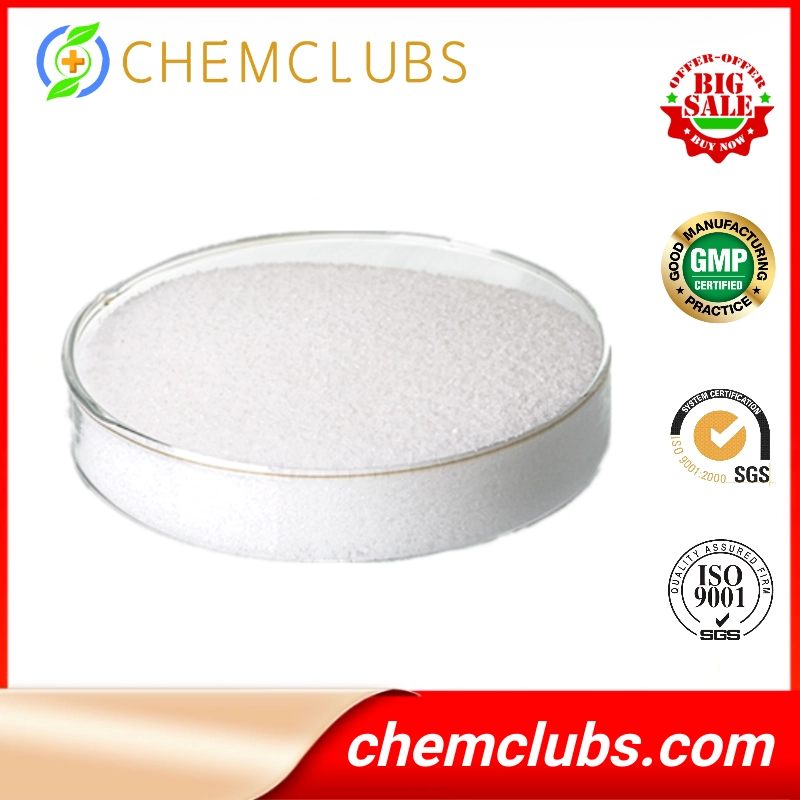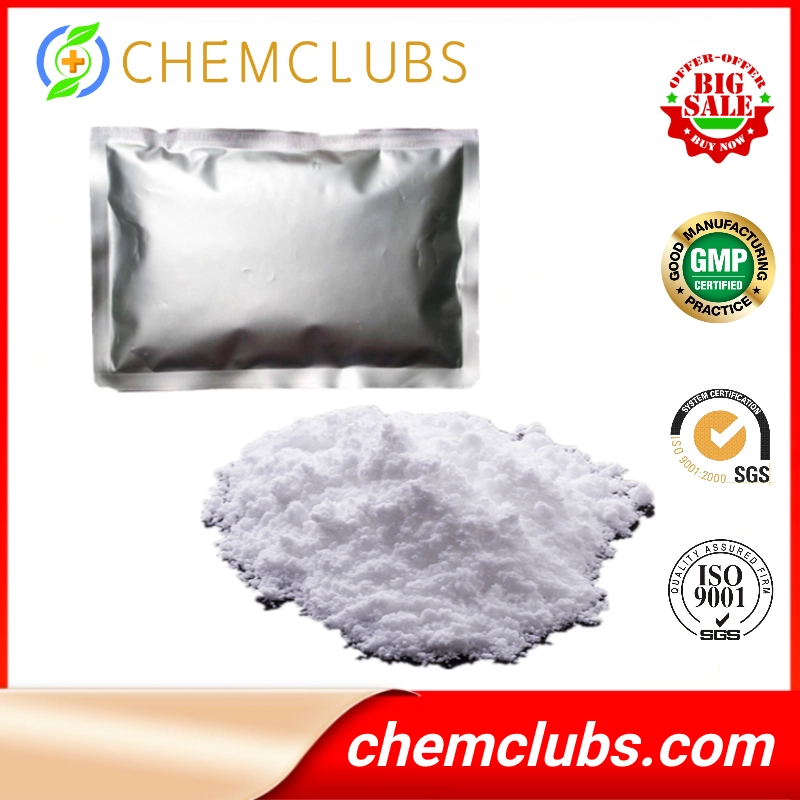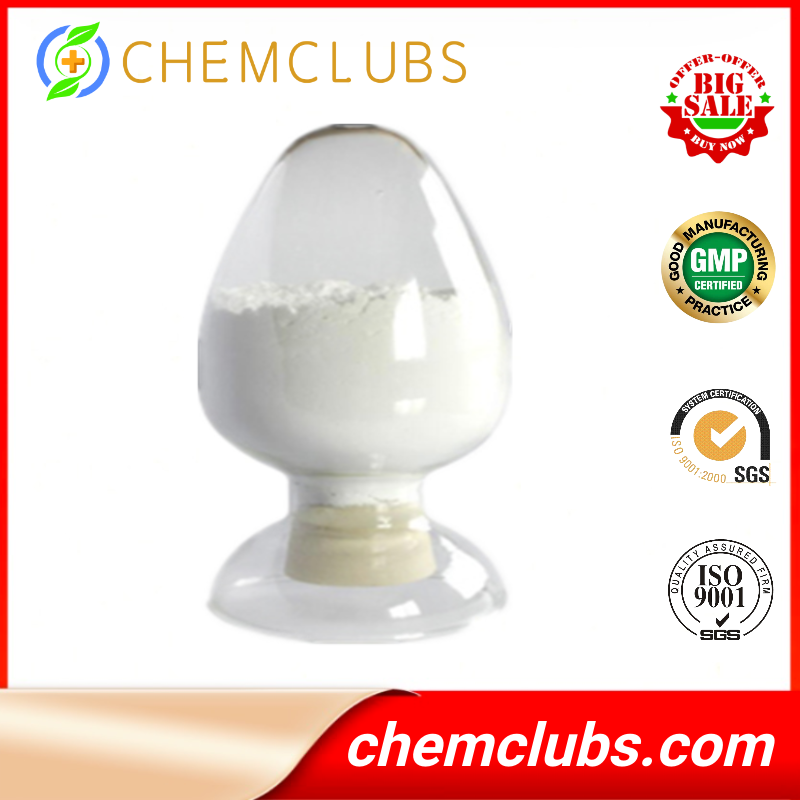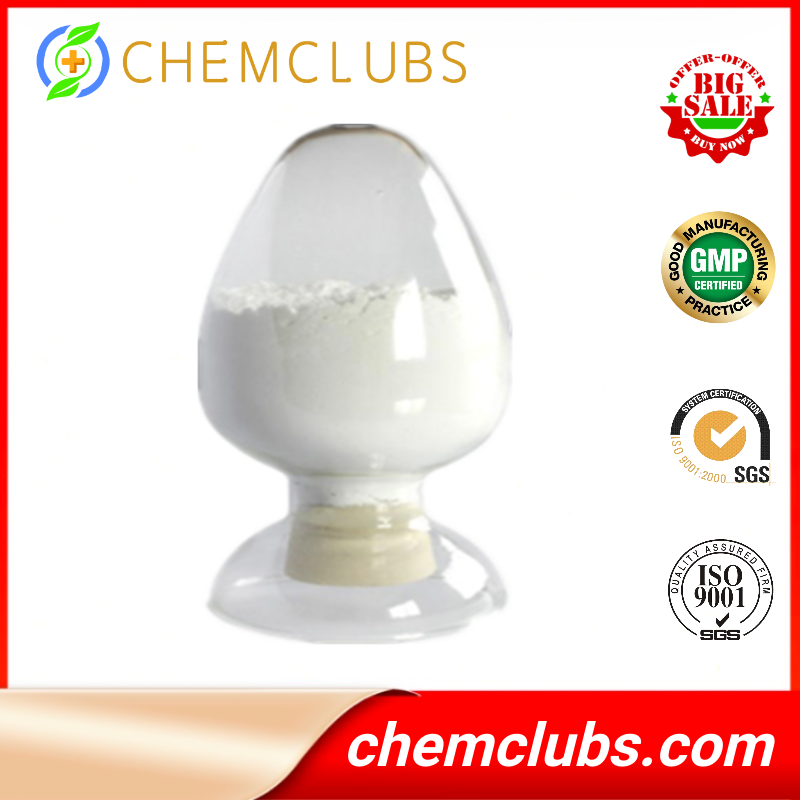
Lidocaine Base
Product Description:
High Pure Pharmaceutical Intermediates Lignocaine Raw Materials
Quick Details:
Lidocaine
Alias: Xylocaine,lignocaine
CAS Registry Number: 137-58-6
Assay: 99%
Appearance: White crystalline powder
Packing: 25kg/drum
EINECS: 205-302-8
Molecular Formula: C14H22N2O
Molecular weight: 234.34 CAS Registry Number:
Manufacturer: Quanao
Usage: Topically used to relieve itching, burning and pain from skin inflammations, injected as a dental anesthetic, or as a local anesthetic for minor surgery.
Product Description:
Lidocaine - Clinical Pharmacology
Mechanism of Action
Lidocaine hydrochloride stabilizes the neuronal membrane by inhibiting the ionic fluxes required for the initiation and conduction of impulses thereby effecting local anesthetic action.
Hemodynamics
Excessive blood levels may cause changes in cardiac output, total peripheral resistance, and mean arterial pressure. With central neural blockade these changes may be attributable to block of autonomic fibers, a direct depressant effect of the local anesthetic agent on various components of the cardiovascular system, and/or the beta-adrenergic receptor stimulating action of epinephrine when present. The net effect is normally a modest hypotension when the recommended dosages are not exceeded.
Pharmacokinetics and Metabolism
Information derived from diverse formulations, concentrations and usages reveals that Lidocaine hydrochloride is completely absorbed following parenteral administration, its rate of absorption depending, for example, upon various factors such as the site of administration and the presence or absence of a vasoconstrictor agent. Except for intravascular administration, the highest blood levels are obtained following intercostal nerve block and the lowest after subcutaneous administration.
The plasma binding of Lidocaine hydrochloride is dependent on drug concentration, and the fraction bound decreases with increasing concentration. At concentrations of 1 to 4 mcg of free base per mL 60 to 80 percent of Lidocaine hydrochloride is protein bound. Binding is also dependent on the plasma concentration of the alpha-1-acid glycoprotein.
Lidocaine hydrochloride crosses the blood-brain and placental barriers, presumably by passive diffusion.
Lidocaine hydrochloride is metabolized rapidly by the liver, and metabolites and unchanged drug are excreted by the kidneys. Biotransformation includes oxidative N-dealkylation, ring hydroxylation, cleavage of the amide linkage, and conjugation. N-dealkylation, a major pathway of biotransformation, yields the metabolites monoethylglycinexylidide and glycinexylidide. The pharmacological/toxicological actions of these metabolites are similar to, but less potent than, those of Lidocaine hydrochloride. Approximately 90% of Lidocaine hydrochloride administered is excreted in the form of various metabolites, and less than 10% is excreted unchanged. The primary metabolite in urine is a conjugate of 4-hydroxy-2,6-dimethylaniline.
The elimination half-life of Lidocaine hydrochloride following an intravenous bolus injection is typically 1.5 to 2 hours. Because of the rapid rate at which Lidocaine hydrochloride is metabolized, any condition that affects liver function may alter Lidocaine hydrochloride kinetics. The half-life may be prolonged two-fold or more in patients with liver dysfunction. Renal dysfunction does not affect Lidocaine hydrochloride kinetics but may increase the accumulation of metabolites.
Factors such as acidosis and the use of CNS stimulants and depressants affect the CNS levels of Lidocaine hydrochloride required to produce overt systemic effects. Objective adverse manifestations become increasingly apparent with increasing venous plasma levels above 6 mcg free base per mL. In the rhesus monkey arterial blood levels of 18 to 21 mcg/mL have been shown to be threshold for convulsive activity.
Indications and Usage for Lidocaine
Lidocaine hydrochloride injection, USP is indicated for production of local or regional anesthesia by infiltration techniques such as percutaneous injection and intravenous regional anesthesia by peripheral nerve block techniques such as brachial plexus and intercostal and by central neural techniques such as lumbar and caudal epidural blocks, when the accepted procedures for these techniques as described in standard textbooks are observed.
Use in the Head and Neck Area
Small doses of local anesthetics injected into the head and neck area, including retrobulbar, dental and stellate ganglion blocks, may produce adverse reactions similar to systemic toxicity seen with unintentional intravascular injections of larger doses. Confusion, convulsions, respiratory depression and/or respiratory arrest, and cardiovascular stimulation or depression have been reported. These reactions may be due to intra-arterial injection of the local anesthetic with retrograde flow to the cerebral circulation. Patients receiving these blocks should have their circulation and respiration monitored and be constantly observed. Resuscitative equipment and personnel for treating adverse reactions should be immediately available. Dosage recommendations should not be exceeded.
Competitive Advantage:
We specialize in steroid powders and have professional logistic companies to arrange the shipping. High quality, competitive price, fast delivery, safe shipping and considerate after-sale service gain the trust and praise from the customers all over the world.For any requirement about these related steroid hormone , please feel free to contact us .
Related products:
Weight Loss Drugs | |
Lorcaserin | CAS: 616202-92-7 |
Lorcaserin Hydrochloride | CAS: 846589-98-8 |
Zopiclone | CAS: 43200-80-2 |
Dextromethorphan Hydrobromide | CAS: 125-69-9 |
L-Triiodothyronine | CAS: 55-06-1 |
Levothyroxine Sodium | CAS: 25416-65-3 |
γ-Butyrolactone | CAS: 96-48-0 |
2,4-Dinitrophenol | CAS: 51-28-5 |
Related Product
Best Madcican Product


